There’s something mesmerising about watching a good mimic. And Aimée Kelly, who plays fetish photographer Irina Sturges in Soho Theatre’s Boy Parts, is a very good mimic. Across the 80 minutes of this one-woman performance, she inhabits the bodies of dozens of characters, each a carbon copy of the worst kind of person: oleaginous city bankers; shrill, hysterical twenty-something women; ‘Andrew Tate-core’ men.
Her sneering representations of these characters instruct us to see them (whether we want to or not) as Irina does: pathetic and deeply undesirable. It’s uncomfortable. Irina is a narcissist which is enforced, immediately, by the opening scene: a huge video showing close-ups of her tear-streaked face set to haunting, slow music. The credits roll. Her name flashes up as the director, cinematographer, art director and everything else.
There was a buzz around the production before it ever made it to the stage. Boy Parts is an adaptation of Eliza Clark’s 2020 debut novel of the same name, which went viral on TikTok and garnered a cult following. It follows Irina, an artist with a proclivity for taking explicit photographs of anonymous, feminine-looking men, as she floats through days at her bar job in Newcastle; through drug-fuelled house parties; through her house-share with her clingy, grating friend Flo. But the monotony of her life is broken when she is invited to show her work at a London gallery. The task of creating something worthy consumes her, causing her to look for more and more extreme ways to prove herself as an artist – no matter the cost to the subjects of her portraits.
The play is split up into segments focusing on each of the ‘boys’ Irina photographs. There’s Will, who she snaps while shaving off his new beard (he thinks it makes him look like Jason Momoa; she disagrees); an older man who turns violent; and an unnamed boy who ends up as nothing more than a severed head. She remembers dismembering him and burying the pieces around the countryside, emulating the moors murders – but not before taking Polaroid photographs of the glass embedded into his eye, an arm here, a leg there: just ‘boy parts’.
In a play characterised by its casual cruelty (she strangles Fritz, her housemate’s cat, with no apparent motive or remorse), it’s her last muse, ‘Eddie from Tesco’, who is most sympathetic. He’s out of his depth with Irina and they both know it. He says he’ll do ‘anything’, her eyes glint, and she inflicts unspeakable damage on him, asking him to don a prop rabbit head while she takes demeaning photographs, abusing him with a wine bottle until it breaks.
It’s an interesting choice by designer Peter Baker to have a play so obsessed with imagery and gaze be so devoid of things to look at; the only prop is a tall black stool. Kelly commands the space, but a less confident actor might have struggled with such spartan set-dressing.
Boy Parts is a seething study of female frustration. Throughout the story, men throw themselves at Irina; willingly offer themselves up as vessels for humiliation in her photography. But none take her seriously, even when it becomes clear that her boundaries – to inflict both corporeal and mental pain – are somewhat non-existent. Playwright Gillian Greer said in a recent interview: ‘[Irina] wants her art to be evidence of her power, evidence of her threat. Her work is a way of proving to the world what she is capable of doing.’
The nature of Irina’s cruelty is blunt. But she makes up for this by being extremely funny. This is partly down to Greer’s script, partly Kelly’s faultless performance, which never misses a beat. Sure, it’s comedy of the blackest kind – but in a play that is so often nihilistic it is very welcome.
Near the end, Irina texts her housemate to say she’s ‘80 per cent sure’ she glassed the owner of the gallery after the show went downhill, quickly. She leaves, dazed, and bumps into a man who is ‘short and tall, skinny and fat’ and all manner of other contradictions. It is the culmination of a slow slide into madness by an unreliable narrator that leaves the audience wondering how dangerous Irina really is: a killer or a fantastist?
Got something to add? Join the discussion and comment below.
Get 10 issues for just $10
Subscribe to The Spectator Australia today for the next 10 magazine issues, plus full online access, for just $10.
You might disagree with half of it, but you’ll enjoy reading all of it. Try your first month for free, then just $2 a week for the remainder of your first year.

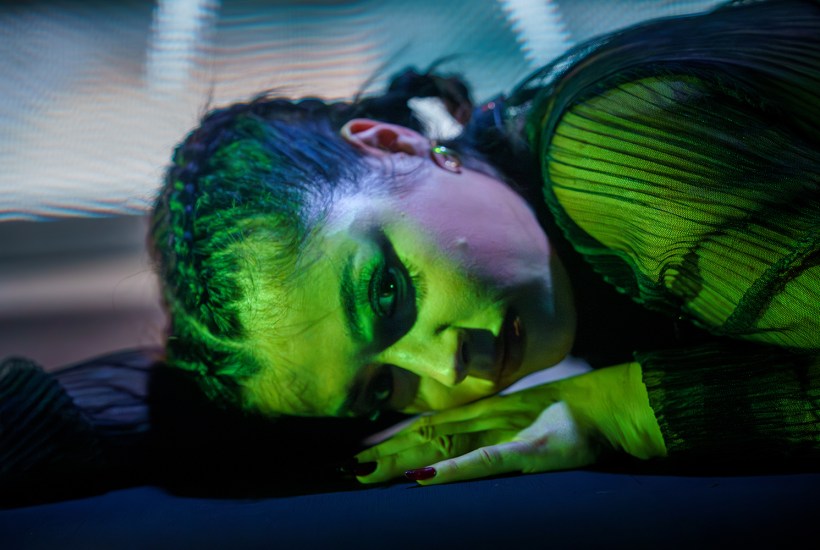
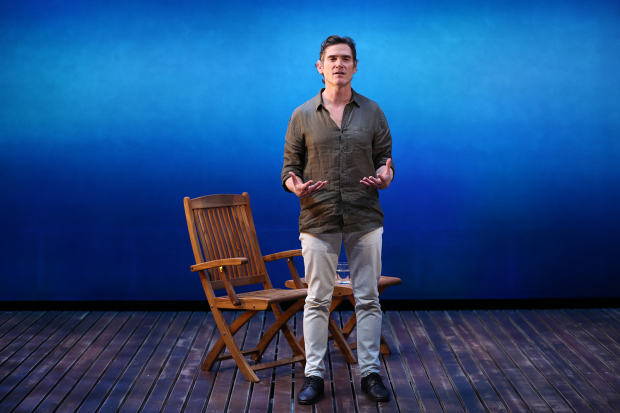
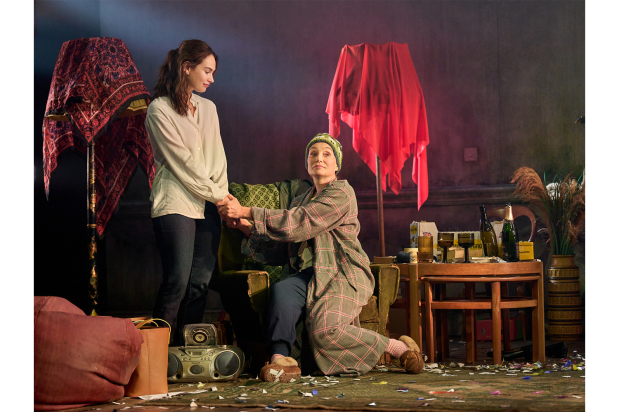
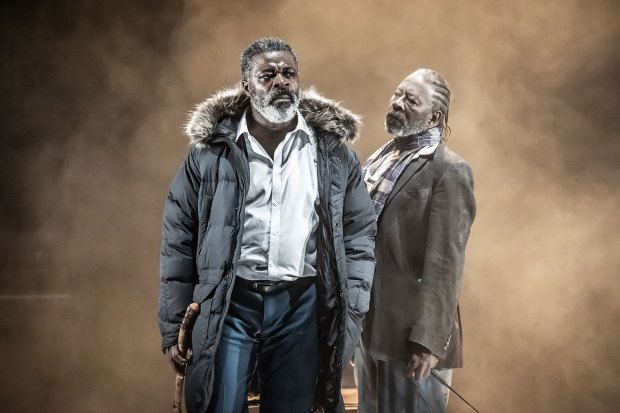
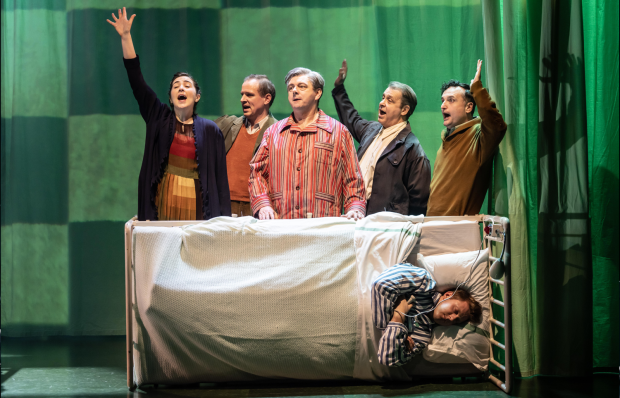
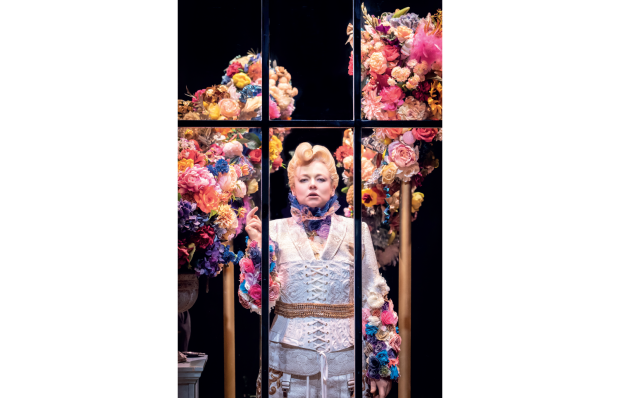
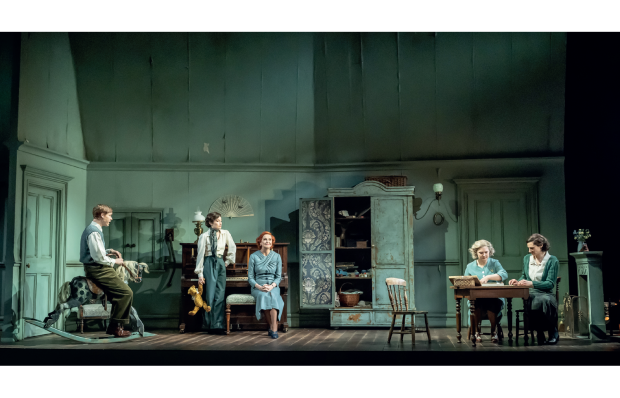






Comments
Don't miss out
Join the conversation with other Spectator Australia readers. Subscribe to leave a comment.
SUBSCRIBEAlready a subscriber? Log in